Experiments at the International Space Station that paved the way to living on Mars and beyond
How we learnt to live and work in space, away from the comfort of mother Earth.
NASA wants to send humans to Mars in the 2030s, while the ever-optimistic Elon Musk hopes for its SpaceX Starship to carry crews to the red planet much earlier. After landing humans on the Moon again in this decade thanks to NASA’s Artemis ambitions, Mars is the next giant leap. And we’ve been preparing for that moment right here, in Earth orbit.
For over two decades, there’s been a giant space laboratory speeding around Earth. Larger than a Boeing 747 airplane, the International Space Station (ISS) is the largest human spacecraft ever built.
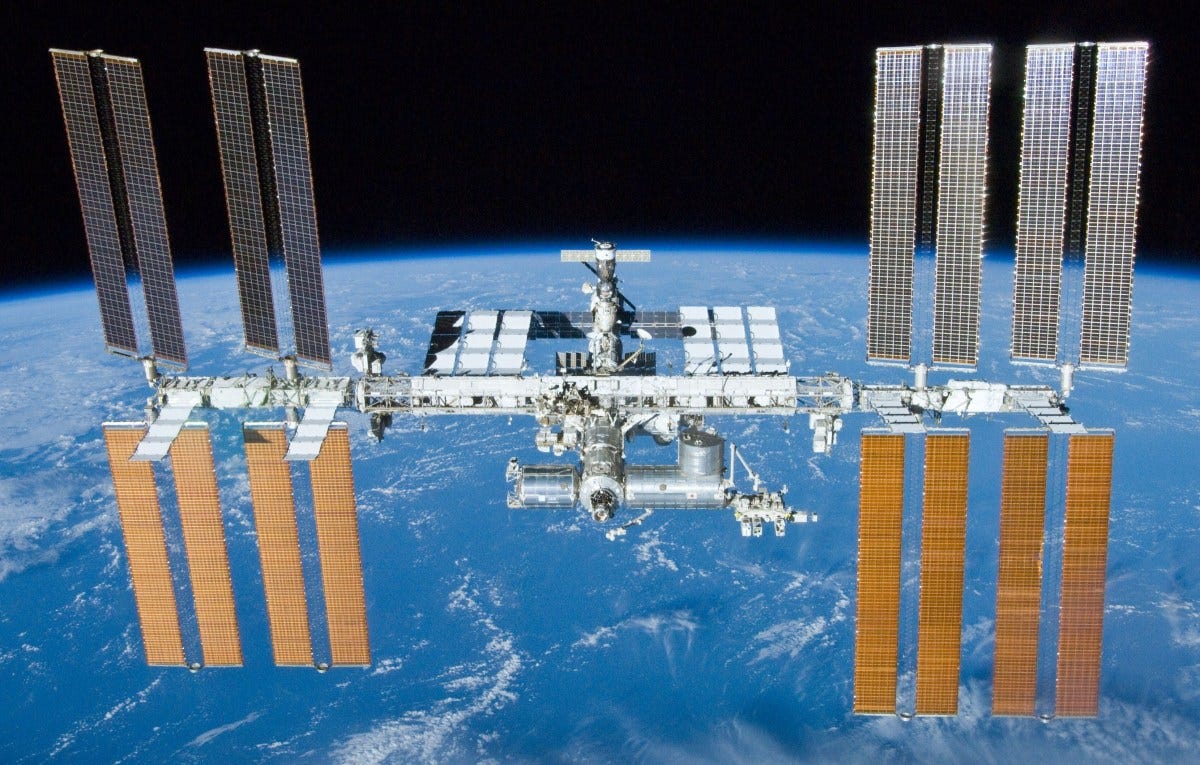
Since the launch of its first two modules in 1998, the ISS has been significantly expanded in size and function. It now boasts over a dozen unique modules built by a total of five collaborating space agencies. All this time the ISS has sustained human presence, hosting over 200 astronauts in total. Rockets have been launched every few months to send supplies in the form of food, equipment and tools, and experiments. With the ISS, we have successfully built and operated a long-term human habitat in space.
Notably, the ISS has provided a stable environment for human researchers to carry out long-term space experiments. This ability has been critical for researchers looking to solve the problems of zero gravity habitation. Here are some experiments on the ISS that have contributed toward enabling our Mars ambitions.
Keeping fit on your interplanetary cruise
With chemical rockets, a trip to Mars takes at least six months. Future astronauts are in for a lengthy interplanetary cruise in a zero gravity environment. By having astronauts stay on the ISS for months and even a year, researchers have been able to study the effects of prolonged space exposure and reduced gravity environments on the human body, and devise methods to keep astronauts healthy.
A 2006 study found that long term exposure to microgravity environments caused considerable bone and muscle loss in ISS astronauts. Future astronauts would have trouble moving after landing on Mars and would be prone to fractures. To prevent muscle loss, astronauts on board the ISS exercise for hours everyday. But humans sweat more during exercise when in orbit—this may seem like a minor thing, but it’s not. The lack of convection in space means that heat envelops astronauts’ bodies like an aura, and sweat stays where it originated due to lack of gravity. Such a warm and humid environment is an ideal entry point for bacterial infection.
To remedy this, the Europe-led SpaceTex experiment produces special fiber clothing that astronauts wear during exercise. Its materials dissipate heat effectively and reduce microbiological contamination while keeping astronauts comfy. All necessary for a long trip to Mars and beyond.
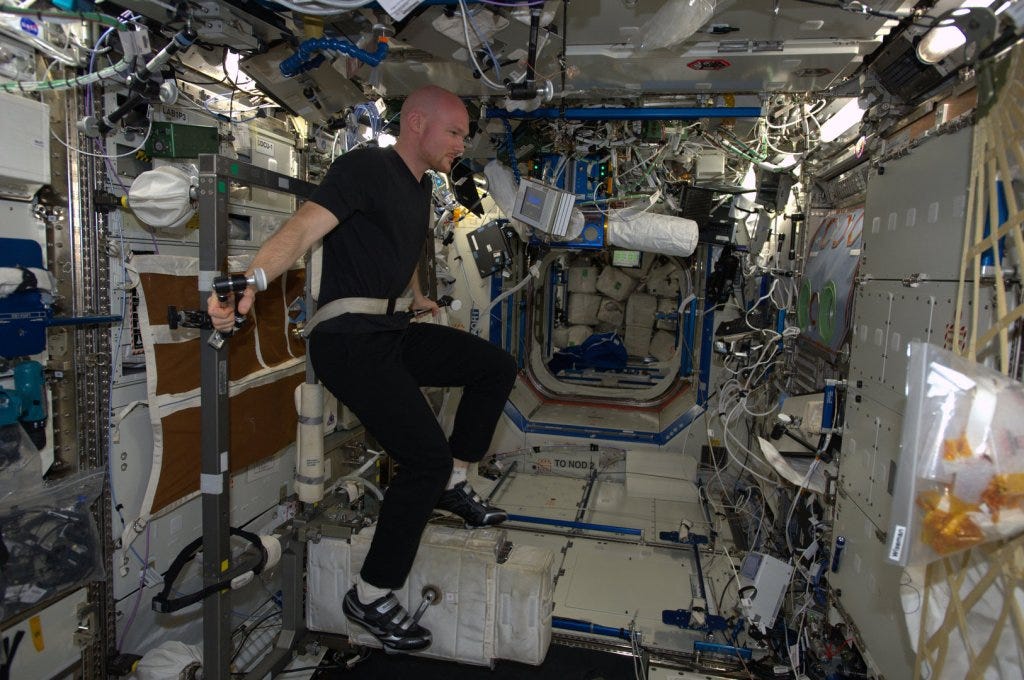
A more recent study of 11 ISS astronauts on six-month missions revealed that more than half of them experienced stagnated blood flow. One astronaut developed a blood clot and needed to be treated with anticoagulants for the rest of the spaceflight.
To prevent blood clots, the ISS has a “Chibis suit” in one of the Russian modules. These vacuum-sealed pants lower pressure below the waist to ensure adequate blood flow in upper parts of the body. The Chibis suit is a promising solution for preventing blood clots in astronauts on long interplanetary flights.
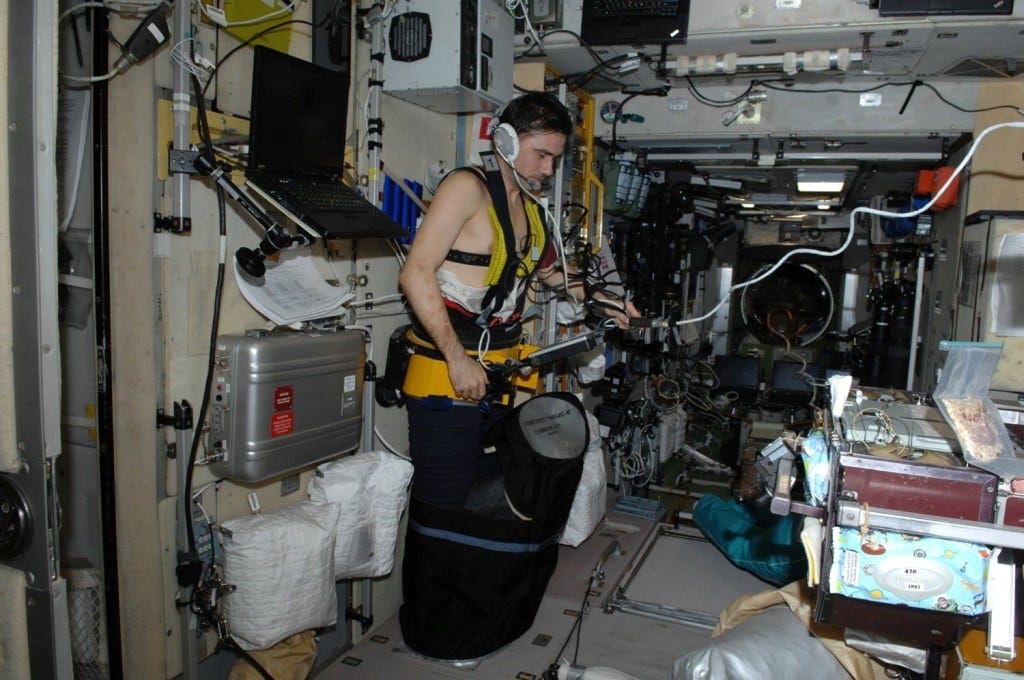
On the Moon, Mars, asteroids, and comets, astronauts’ lungs may become easily irritated or inflamed by dust particles. The reduced gravity on such celestial bodies makes floating dust a real threat for humans. To solve this, The European Space Agency (ESA) has been leading a study to monitor astronauts’ lungs for over 10 years.
The ISS astronauts breathe into a specially developed instrument to measures nitric oxide levels, an indicator of lung inflammation. These measurements are taken at reduced pressures in an airlock to simulate conditions in future Moon and Mars habitats. This information is helping researchers devise ways to ensure the health and safety of astronauts on landing missions beyond Earth.
The ISS is also a lab for studying changes in plants and microorganisms from long-term space exposure. Healthy habitats for plants and microbes on other worlds are an assumed requirement, because they are crucial for food and ecosystems.
Growing food on Mars
Most of us were amused when Mark Watney, in the film The Martian, grew potatoes on Mars with his own feces as fertilizer. The ISS hasn’t gone exactly that route with their fertilizers, just yet, but learning to grow our own food on Mars is a serious necessity.
Enter Tomatosphere, a joint Canadian and U.S. experiment. Since 2001, millions of tomato seeds have been flying to the ISS over multiple missions. These seeds are exposed to space radiation for several months, and then brought back and planted on Earth to see if—and how—they grow differently from regular tomatoes. Space-exposed tomato seeds show clear differences in how they germinate, from how fast they grow to visual changes in the size and color of their leaves. But other than that, you can just as easily consume them.
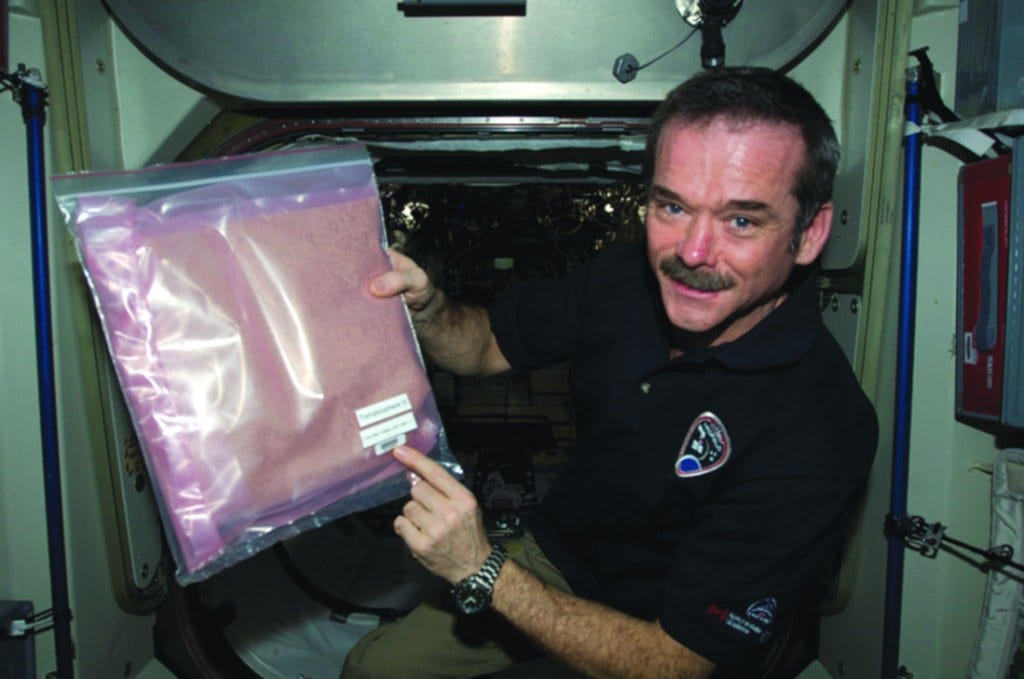
A long-term mission to Mars can’t carry all the food required for the trip. Even if they could, counting on timely supplies is a good backup strategy at best. The crew will need to produce their own food. By teaching us how to grow plants effectively in a radiation-filled environment, Tomatosphere and other such ISS experiments are enabling an interplanetary future.
Microbes on the red planet
ESA leads a series of experiments on the ISS under the EXPOSE program. In each such experiment, microorganisms like bacteria, lichens, fungi, and algae are placed in containers outside the ISS, where they are exposed to the harsh conditions of space. Some of these containers mimic martian conditions with simulated martian soil, an artificial atmosphere, and controlled radiation conditions.
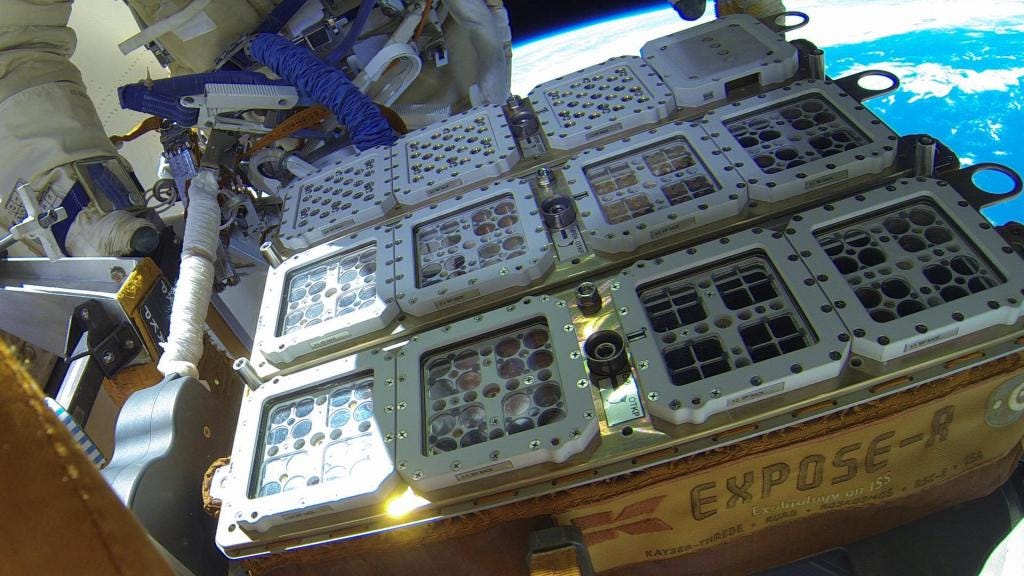
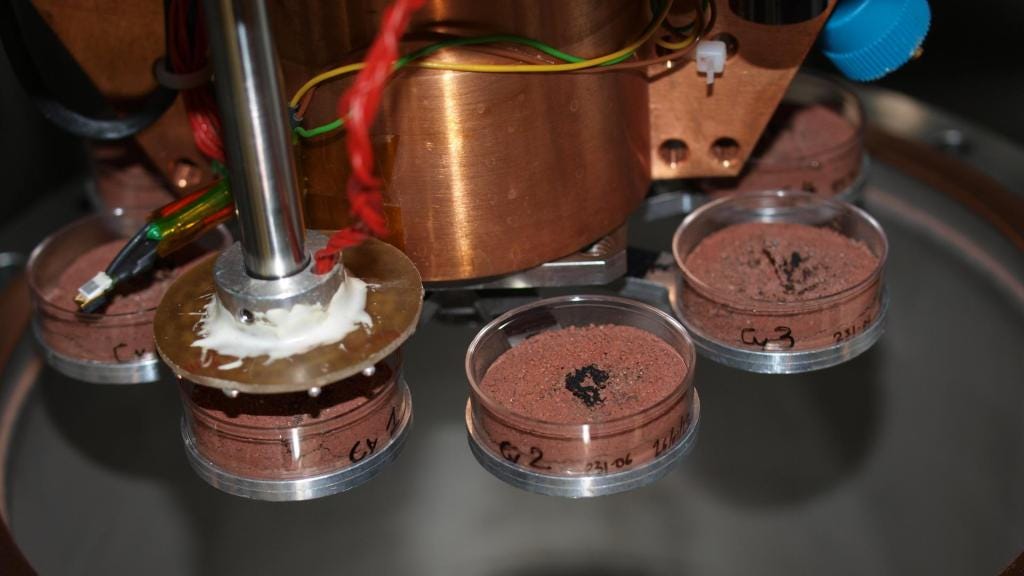
The longest of these experiments exposed microbes for 533 days. In the end, some microbes of every species survived. To everyone’s surprise, some lichens survived too, despite being more complex life forms. Thanks to EXPOSE, we now know that many microorganisms can be considered for use in initial habitats on Mars.
Powering a Mars mission
Another martian challenge the ISS is helping solve is computing. You see, space computers are not as capable as ones on Earth, as they need to be hardened to work reliably in the harsh space environment. Engineers sometime work around this by offloading intense computing tasks to computers on Earth, much like the Apollo missions. This works well for human missions to the Moon where the communication lag is but a few seconds. But a 10-20 minute signal lag for Mars is simply not feasible.
So engineers have been testing powerful supercomputers on the ISS, built to withstand more space radiation. In 2017, a SpaceX cargo supply mission to the ISS brought one such supercomputer by NASA dubbed Spaceborne. During its mission, Spaceborne successfully performed over a trillion calculations per second for 207 days straight without requiring a single reset. This timescale is promising for Mars missions.
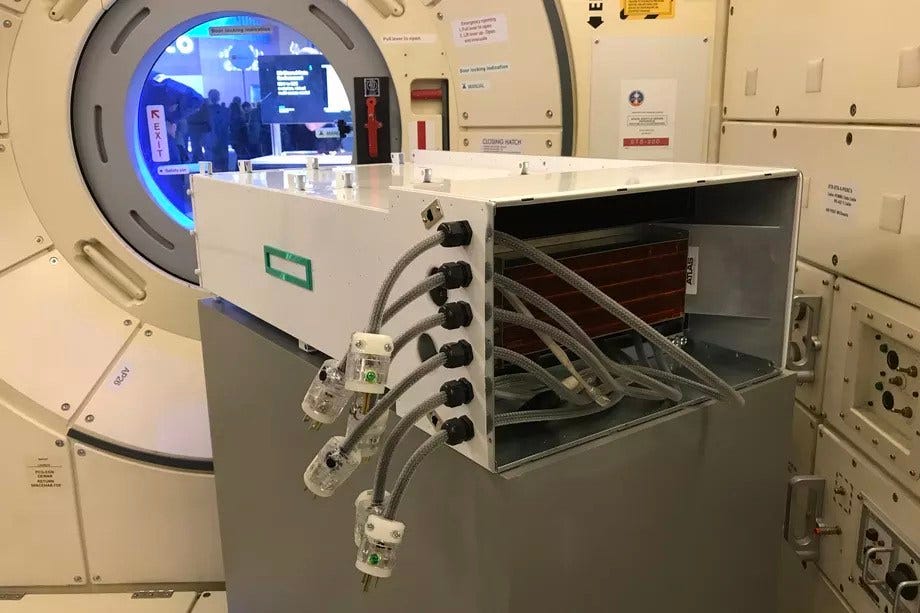
Another such computer SG-100 was tested for two years with zero resets. SG-100 processes data 12 times faster than a standard ISS computer, and costs a quarter the price. These tests are proving the capabilities of powerful computers for interplanetary missions, removing the need to downlink all data to Earth in many cases.
“In low-Earth orbit, we are able to shrink the data down to a minimal set before you send it down,” said Trent Martin, primary investigator for SG-100. He added, “In deep space, it allows you to actually do your processing there. Now, if we are doing the processing on Mars, rather than taking the time to send it back to Earth and then back to Mars—that is 16 minutes that’s just eliminated.”
Fueling a mission to Mars and beyond
One of the most critical problems for sustained human presence in the solar system is fuel. For instance, a trip to Mars and back would require at least 10-20 times more fuel than Apollo 11, depending on mission specifics. Dragging all that fuel out of Earth’s deep gravity well wouldn’t just be inefficient—but incredibly expensive and non-sustainable.
To solve this problem, NASA has been testing advanced cryogenic fuel storage and transfer technologies on the ISS. With this technology in place, spacecraft landing on the Moon and Mars can be refueled to either return to Earth, or venture farther out. Note that this is precisely what Elon Musk hopes to do with Starship at Mars.
NASA launched three experiments to the ISS under the banner of Robotic Refueling Missions. The first two of these demonstrated preparation tasks that lead up to cryogenic fuel transfer in orbit, such as removing caps and valves, installing coolant line adapters, etc. To perform these tasks, a suite of tools at ISS were used, including the two Canadian robotic arms and the servicing robot Dextre.
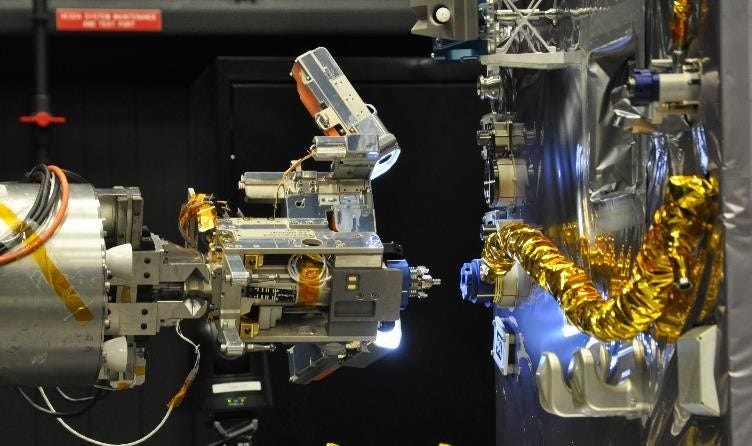
One major issue with cryogenic fuel however is that it quickly boils off to space, making it impossible to use for Mars missions. For this, the third of the Robotic Refueling Missions was launched in December 2018 to the ISS. Unlike traditional methods that use passive cooling, it used active cooling and advanced multi-layer insulation to prevent fast boil off. In all, it demonstrated storage of cryogenic fuel for four months in orbit, a promising progress towards usage in interplanetary trips.
These are just some highlights from the hundreds of experiments at the International Space Station that have directly laid a foundation for living and working on Mars and beyond. Even as the station’s future remains unclear, it worth remembering that the ISS has been a spectacular example of global cooperation for almost 3 decades despite political conditions. Alexey Krasnov, head of human space flight program for the Russian space agency wrote the following in 2011.
When compared with partners acting separately, partners developing complementary abilities and resources could give us much more assurance of the success and safety of space exploration. The ISS is helping further advance near-Earth space exploration and realization of prospective programs of research and exploration of the Solar system, including the Moon and Mars.
Originally published at Supercluster.
Like what you read? Support me to keep me going.
